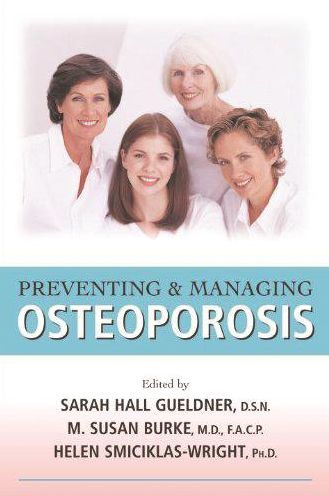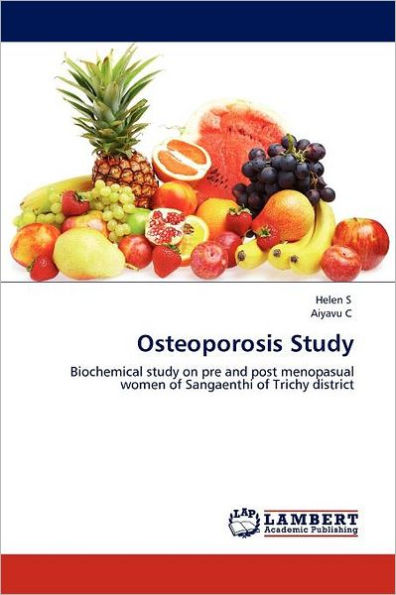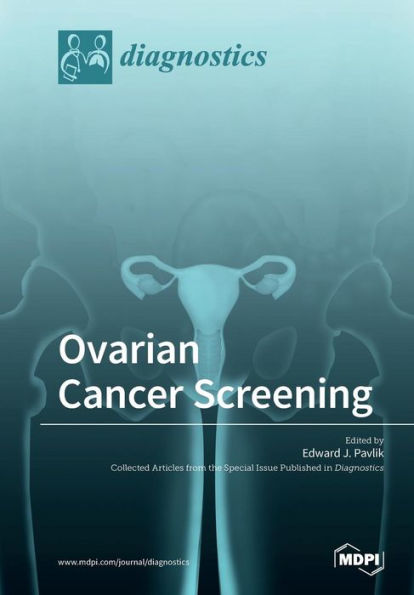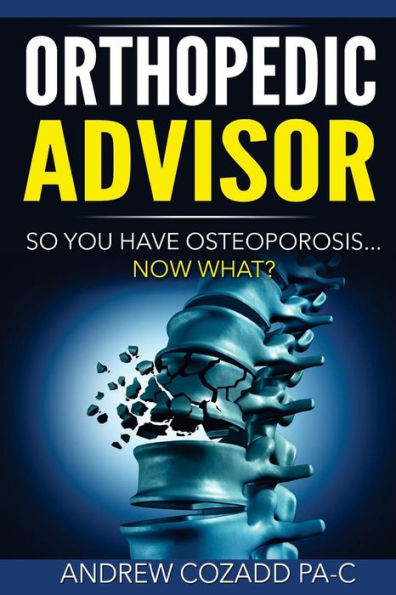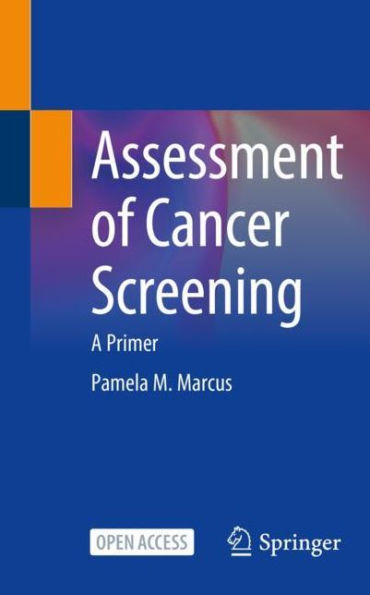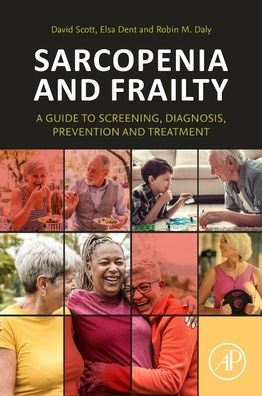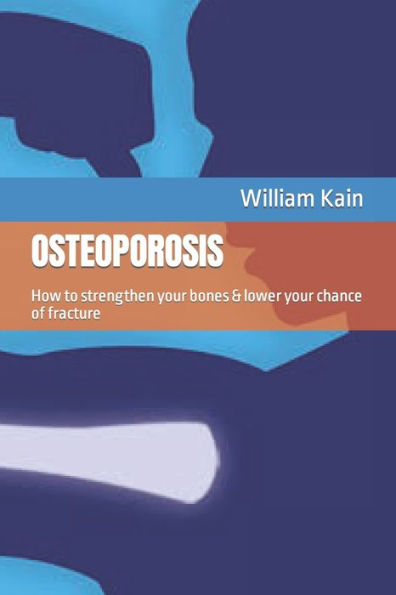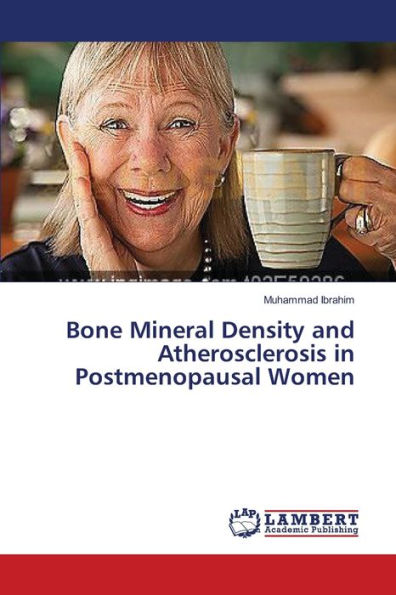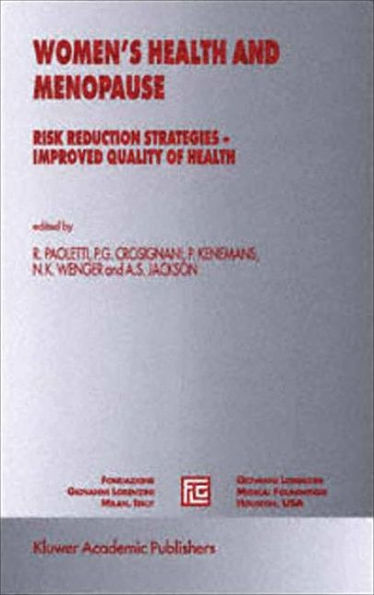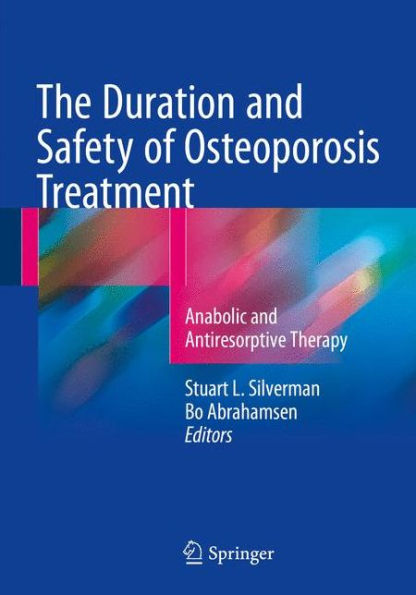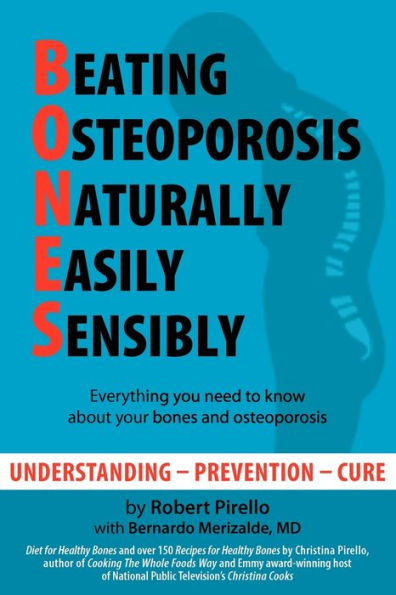Home
Screening Men for Osteoporosis: Who & How


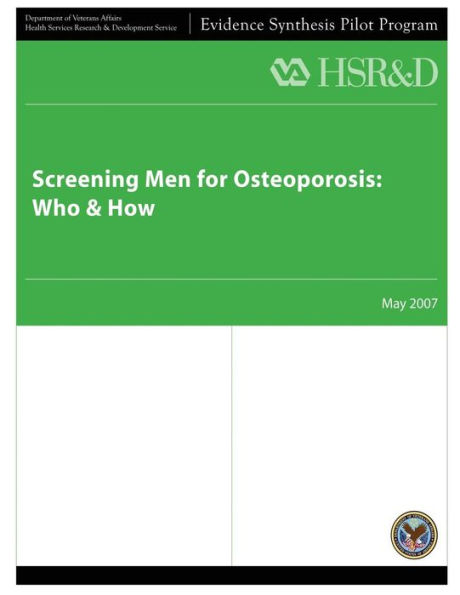
Screening Men for Osteoporosis: Who & How
Current price: $16.99
Loading Inventory...
Size: OS
Although the Surgeon General's recent report on osteoporosis stated that, "Strong bones (are) essential to overall health and quality of life," it warned that, "The bone health status of Americans... is in jeopardy." Traditionally, osteoporosis was viewed as a disease of women, but it has become clear that osteoporotic fractures result in substantial morbidity, mortality, and costs in men. A 60-year old man has a 25% lifetime risk of sustaining an osteoporotic fracture. The consequences of this fracture can be severe as the one-year mortality rate in men after hip fracture is twice that of women. With the aging of the population, rates of osteoporosis in men are expected to increase nearly 50% in the next 15 years and hip fractures rates are projected to double or triple by 2040. Furthermore, annual U.S. direct medical costs for osteoporosis exceed $17 billion and are expected to increase rapidly with an aging population. The percentage of costs directly attributable to men or veterans is unclear, although 25% of hip fractures, the fracture type associated with greatest costs due to hospitalization and long-term care, occur in men. This large and growing clinical and cost burden, combined with an environment of increasingly limited health care resources, strongly underlies the need to develop rational, evidence-based osteoporosis management strategies to obtain maximum benefit for every health care dollar spent. Despite the substantial advances in our understanding of osteoporosis over the last decade, there are no consensus guidelines on the assessment and management of male osteoporosis. Although osteoporosis management strategies have been evaluated in women, much less work has been done in this area in men. Lack of research in this area has led to considerable uncertainty regarding optimal osteoporosis strategies in men and Veterans. The VA Office of Quality and Performance and the U.S. Preventive Services Task Force offer no clinical practice guidelines on the management of osteoporosis in men. This review is being performed as part of the Evidence Synthesis Project, an HSR&D-organized initiative to provide VA policymakers with high quality evidence reviews. The purpose of this review is to analyze the literature in order to answer three key questions: 1) What is the epidemiology and what are the key risk factors for male osteoporosis?; 2) Are there any validated screening tools for osteoporosis in men (beyond DXA-assessed central bone density)?; and 3) What is the evidence regarding bone mineral density and fracture risk? Although 25% of men over the age of 60 will sustain osteoporotic fractures during their lifetime, data suggest that male osteoporosis is underdiganosed and undertreated. In order to help inform decisions about whether the Veterans Health Administration should develop screening guidelines for male osteoporosis, summaries of what is known about 1) the epidemiology of male osteoporosis, and 2) the validity of tools to screen and diagnose male osteoporosis are needed. The Key Questions were: Key Question 1. What are the prevalence of and risk factors for osteopenia, osteoporosis and osteoporotic fractures among men in general and among male Veterans specifically? Key Question 2. Are there any validated tools (outside of central bone density) to screen for osteoporosis in men? Key Question 3. What values of BMD determined by Dual energy X-ray Absorptiometry (DXA) (and by different DXA techniques) have been used to diagnose osteopenia and osteoporosis; and what is the evidence regarding the relationship between differing definitions and the development of osteoporotic fractures?
